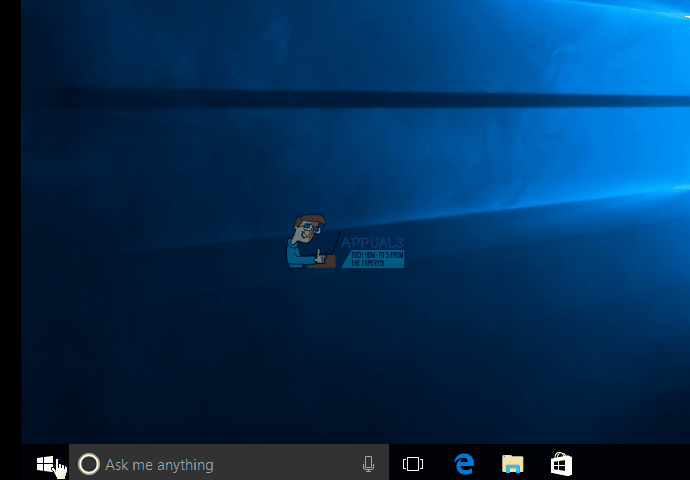6 Verified Solutions to Fix ‘Failed to play test tone’ Error
The Failed to play test tone is an issue that tells you that there’s a problem between Windows and the sound device your computer is using. It comes as an error message in case you have no sound, and you try to see if your sound device is working. This is the answer you will get from Windows.
This issue appears for a lot of users of Microsoft’s Windows OS, and affects many versions of it. Having no sound is something that no computer user should experience, as it is one of the essential things a computer should do.
Even though some forum posts might lead you to believe that it is a hardware issue, it is actually not. There are a number of things that you can do to solve this via software, so please read on to see how you can get rid of this issue and get your sound back.

Method 1: Restart Windows Audio
This is the first possible solution, and the fastest one to do. However, there are a couple of users who reported that this only works temporarily, and the issue came back after a while.
- Press the Windows and R keys on your keyboard simultaneously to open the Run window. In the Open box, type services.msc and press Enter, or click OK.
- From the Services window, scroll in the list until you find the Windows Audio service. Restart it by pressing the Restart button on the top toolbar. Close the Services window and you should have your sound back.

Method 2: Run sfc/scannow from an Elevated Command Prompt
If the previous method didn’t work, running a full system scan can bring your sound back on.
- Open the Start menu by pressing the Windows key on your keyboard, and type cmd. Right-click the result and select Run as administrator. This will open an Elevated Command Prompt.
- In the Elevated Command Prompt, type sfc/scannow and press Enter. Wait for the scan to complete, don’t interrupt it. Reboot your device when it’s done.

Method 3: Disable all enhancements
This is another method that was reported to work for a number of users, so if the previous two didn’t help, you can go ahead and try it.
- From the Start menu on your computer, type Control Panel and open the result.
- Switch to Large Icons or Small Icons view, whichever is more convenient, and locate Sound. Open it by double-clicking it.
- Select your speakers by clicking them. Click the Properties button near the bottom.
- Navigate to the Enhancements tab and disable all enhancements and sound effects. Click Apply and then OK to save your settings, and everything should be back to normal.

Method 4: Delete the KB974571 update (Windows 7)
A lot of Windows 7 users have reported that the KB974571 update was the one that caused this problem for them, and consequently, deleting it manually brought back their sound.
- Open Control Panel using the steps in the previous method, and again, switch to the Icons view. Find Programs and Features and open it.
- In the Programs and Features window, on the top left side, you will see a View installed updates link, click it.
- Find the KB974571 update and click it. Select Uninstall from the toolbar in order to remove it. Note that you may need to restart your computer before the process ends, so make sure to save your work. Wait for the process to finish.
Method 5: Install the High Definition Audio Device driver
This is a fully working driver, and installing it can solve a lot of issues – this one being one of them.
- Open the Device Manager by pressing the Windows key on your keyboard and typing Device Manager, then opening the result.
- Expand Sound, video and game controllers and select your current audio driver. From the Action tab, select Update Driver Software… .
- Click on Browse my computer for driver software, followed by Let me pick from a list of device drivers on my computer.
- From the list, select the High Definition Audio Device driver and click Next. Click Yes in case you get a User Account Control prompt. Wait for the wizard to finish and reboot your device.
- If the driver isn’t available, visit the manufacturer’s site and download the driver (latest one) for your sound card.
Method 6: Add the Local Service in the Local Users and Groups
Even though this might seem completely unrelated to the audio problem, it in fact helped a great deal of users.
- Right-click This PC or My Computer, depending on which version of Windows you have, and select Manage from the dropdown menu.
- To the right, you will see a System Tools section. Double click Local Users and Groups, and select Groups beneath it.
- Right-click Administrators in the list in the middle of the window, and select Add to group.. from the dropdown menu.
- Click Add, then Advanced, and then click Find Now. Double click Local Service, and click OK. You should see NT Authority\Local Service in the list, click OK. Close the Computer Management window and reboot your device. Your problem should be solved.

As mentioned in the beginning, having no sound on your computer is a huge deal, and something you shouldn’t have to put up with. Fortunately, however, there are a number of possible fixes for this problem, all reported to work with various users, and you will surely fix your issue if you follow the methods outlined in the guide.